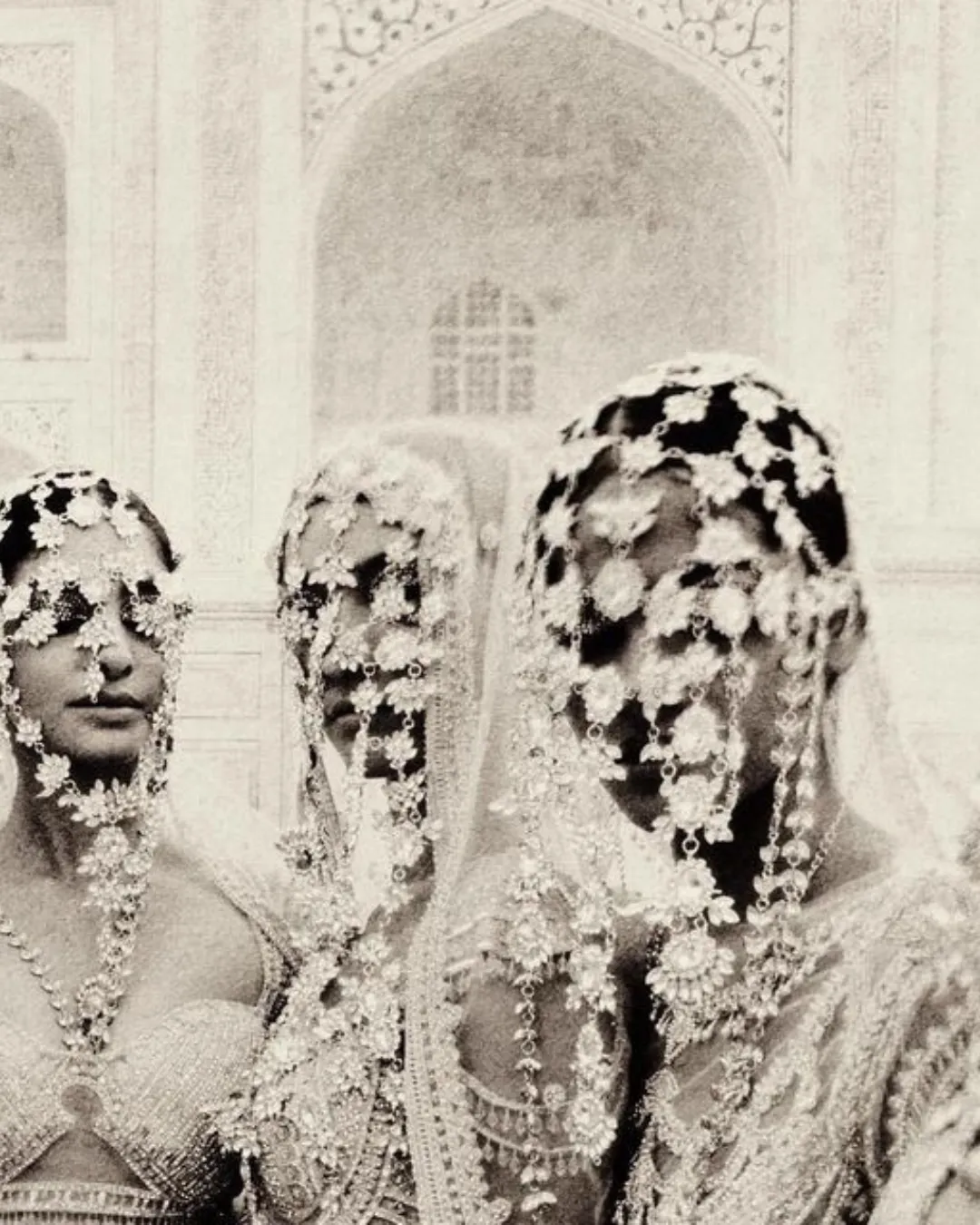It was sometime during the 18th century when author Carlo Goldoni wrote that “a successful dinner is not so much about the meals served but rather the beautiful arrangement of the table”. True. From a simple need for survival, food has evolved over the centuries into a form of high art that follows specific rules and gives a deeper meaning, even to daily rituals.
Art de la table is today considered a sign of refinement, as it demonstrates our familiarity with a tasteful way of living and co-existing. Little is known, however, about the how and the why entire books have been written about its virtues.
Man has been consuming food since the dawn of time. But it was the discovery of fire that turned eating into a social act, with people meeting in groups in caves, in order to eat the animals they had captured.
In the caves of homo erectus, one can witness drawings of communal meals around a fire. Meanwhile, the first tools adapted for the kitchen, such as pottery, gradually begin to be manufactured.
With agriculture, meals become the object of collective labor (for their preparation and consumption), which brings even more social cohesion and sharing between members of the tribe.
Greco-Roman years
The Greeks and Romans specialize in pottery, while the Romans also begin to produce glass objects, which brings a certain kind of luxury to the table, beyond the practical purpose they have until now.
Greek philosophers organize private banquets, where they eat, drink and talk. Plato’s “Symposium” deals with this very custom.
In ancient Mesopotamia, pharaonic Egypt and Rome, banqueters eat with their hands. The first utensils made for the table are bowls, knives and spoons for eating meat and liquid foods.
In ancient Roman meals, people meet in the “Triclinium”, a space created for meals. In this room, guests eat lying on three beds arranged in a crescent.
The table is in the center and the dishes are served chopped, so there is no need for small knives. The savoir faire of the time wants each guest to bring their own towel and wine and after the meal to accept the gifts offered by the master of the house. The Romans are already making bread, as are the Gauls, who are also famous for their cured meats.
Hospitality is considered sacred. When a Gaul invites someone to their house for a meal and the invitation is accepted, the guest is first obliged to drink with the host. Yes, the pre-dinner cocktail might have originated here.
Middle Ages
With the fall of the Roman Empire, sofas and beds are replaced by wooden benches, while Henry the III introduces the use of the chair. Ceramic tableware becomes glass dinnerware, nobles use gold knives and show off their wealth with elaborate salt and pepper sets. On the other hand, common people use wooden spoons and bowls and instead of plates they use large slices of bread.
Nobles also have large rooms for their “feasts”. Big tablecloths fall to the floor to cover the table legs and are used by guests for wiping. The meats are cut right before each meal and flamed in front of the guests, who sit together on one side of the table.
Culinary art becomes more and more elaborate and star cooks begin to stand out: Guillaume Tirel (1310-1395) acquires privileges and honors while writing “Le Viandier”, one of the first ever cookbooks.
During the Middle Ages, cheese is served at the end of a meal because it is believed that “its weight will sink the meal deep into the stomach and thus facilitate digestion and elimination of the food.”
Renaissance
Table manners among nobility appear around 1530, after the publication of the work by Erasmus entitled “Civilitas Morum Puerilium”. One could say that this is the beginning of savoir faire as we know it today. Catherine de’ Medici (1519-1589) introduces the fork, but most people are slow to adopt it, since they still use their fingers. (According to other sources, the first recorded introduction of the fork into Western Europe was by Théophano Scleraina, the Byzantine wife of the Roman Emperor Otto II, who used it formally at an imperial meal in 972, making a great impression on the hosts.)
Medieval benches are replaced by individual seats. The use of the napkin (large, to protect the collar) and the individual glass has become regular. Louis XIV eats alone in front of hundreds of courtiers to demonstrate his power, while social meals become a kind of spectacle. Extravagance is a sign of wealth, and the dishes, which all come to the table together, must leave half-eaten or else untouched. The service order begins to be imposed, starting with fruit, porridge, meats and ending with desserts.
17th century
Good table manners are now a prerequisite. Cutlery becomes individualized, the knife and fork (with three prongs) are placed to the right of the plate. Festive meals are organized in the form of sumptuous buffets, influenced by the complex architectural French gardens of the time. Versailles becomes the house of King Louis XIV and this is where the French passion for art de la table begins.
Only men have the right to serve the royal table.
Plates are set with perfect symmetry (the so-called “French way of serving”) and pleated and patterned tablecloths are displayed. Royal families eat with gold cutlery, and not all guests have access to the same plates!
18th-19th century
Exotic flavors such as coffee, tea, and chocolate are gradually finding their way to the West, while spices are becoming more and more popular. New pleasures also require new utensils and containers to serve them in, while coffee culture is spreading in Paris, with over 900 cafés gradually becoming important places of exchange and discussion (especially during the pre-revolutionary era).
With the Revolution, everyone has access to gastronomy, which until now was reserved for nobility. Paris is becoming the undisputed gastronomic capital of Europe and the norm of three meals a day is enforced: lunch around 11 am, dinner around 6 pm and late dinner around 8 p.m., something that, until the end of the century, will gradually decline.
The Russian way of serving, with the dishes coming to the table one after the other, as we know it today, is starting to become a trend. With each new dish comes a different type of cutlery. Restaurants bring fine dining to the people, and after the fall of aristocracy, cooks who once served the nobles, open up restaurants and get rich.
Cookbooks are becoming accessible to everyone. In 1833, chef Antoine Carême publishes a five-volume work called “The Art of French Cuisine in the 19th Century”, in which he lists in detail, for the first time in history, the rules of the Art De La Table, in order to educate commons in the habits of the aristocracy. Knowing how to sit properly at a table is now a sign of social standing.
Until today…
In 1900 the first ‘Michelin’ guide was written to help car enthusiasts find a place to stay, service or repair their car and eat in the places they visit. It was not until 1926 that the first Michelin star restaurants made their appearance.
May 1968 also revolutionizes the focus outside the home, as most of the now liberated women work. This is the beginning of easy solutions such as frozen meals and fast food chains.
Art de la table appears to become an obsolete art. And yet today, being familiar with the rules is a sign of social education and proper upbringing. Plus, it’s fun!
Main image by @casadeperrin









